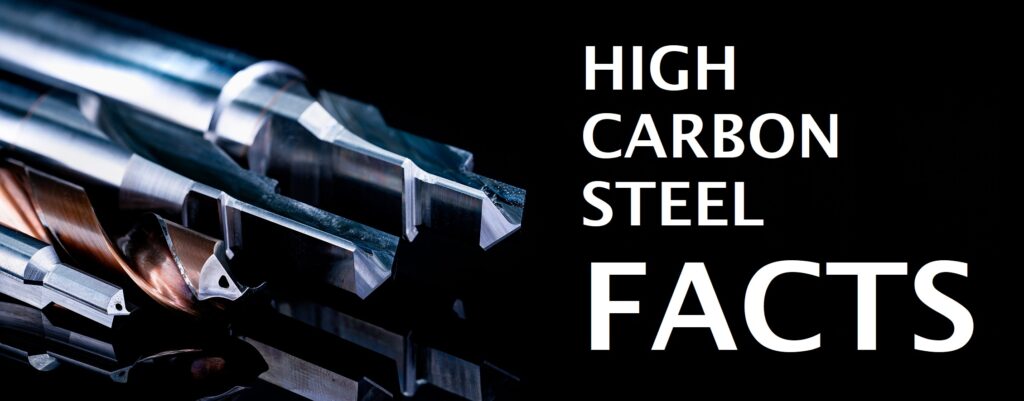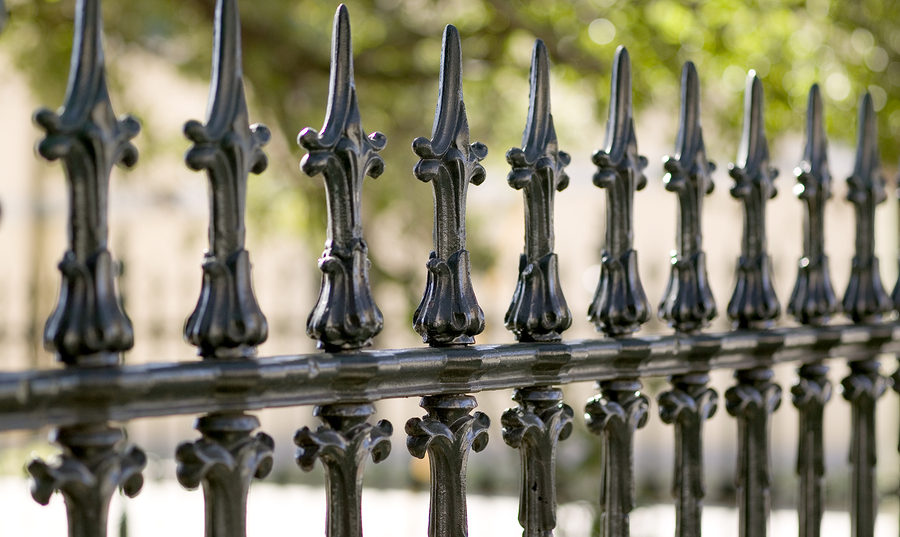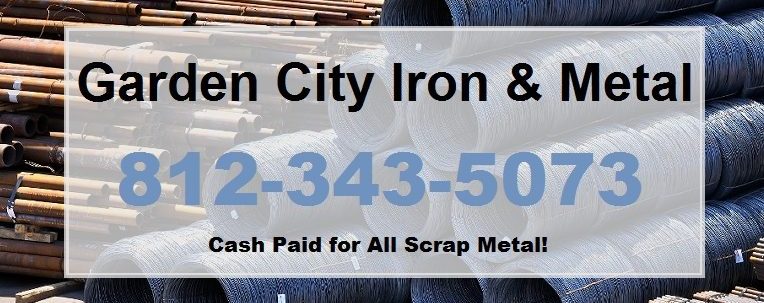High carbon steel has many fascinating and useful properties. Continue below to review some of the most important facts about high carbon steel, including what it is, how we use it, and where to drop it off for recycling near you!

High Carbon Steel Composition
As you may have wisely guessed it by now, the two primary constituents in high carbon steel are steel and carbon. Carbon steel is steel that contains carbon elements. Depending on how much carbon it has, steel can be labeled low carbon steel, medium carbon steel, and high carbon steel. Low carbon steel contains less than a quarter percent of carbon, while medium carbon steel usually has between 0.25 percent and 0.55 percent carbon. High carbon steel contains even more carbon than that!
▶ Low Carbon Steel = Less Than 0.25% Carbon
▶ Medium Carbon Steel = 0.25% to 0.55% Carbon
▶ High Carbon Steel = 0.55% Carbon or More
▶ Tool Carbon Steel = More Than 0.8% Carbon
Properties of High Carbon Steel
High carbon steel has several useful properties. Not only is it very hard and strong, but it is also resistant to high levels of heat and resistant to wear and tear. Furthermore, it offers moderate ductility, meaning it can be formed and fashioned, even bent or warped, but still not break. After learning these properties of high carbon steel, you can better understand why we use it the way we do!
Applications
The truth is, because the high carbon level in high carbon steel actually makes it quite brittle, it significantly restricts its possible uses. However, this does not mean we do not use plenty of high carbon steel in our society. High carbon steel is used in a wide range of industries and in various fashions. Some of the most common high carbon steel commodities include cast iron items, like gates, plumbing fixtures, art, and furniture. Additional uses include wood stoves, cookware, cutting tools, and masonry nails.
How to Support Steel Sustainability
All forms of steel, and metal for that matter, are 100% recyclable. To help support steel sustainability and preserve our natural resources, be sure to recycle all of your scrap metal, at work and at home. Many reputable metal recycling companies in Indianapolis will pay you for your scrap metal goods!
Do you have left over metal materials or scrap metal to recycle for cash in Indiana? Contact Garden City Iron & Metal at 1-888-586-5322 to recycle scrap metal in Indianapolis and make the most profit in town. We accept all metal and metal commodities, especially vehicles!
Related Posts:
Comparing 409, 439, and 430 Stainless Steel Sheet Metal
Distinguishing Between Wrought Iron and Mild Steel
The Basic Types of Steel Metal


